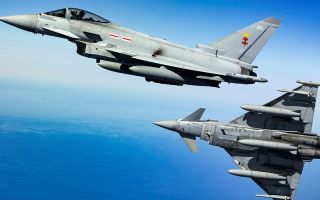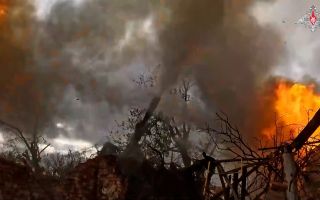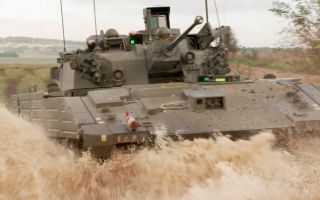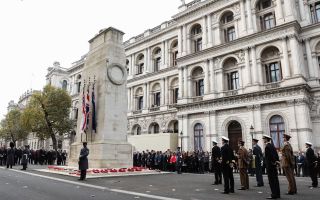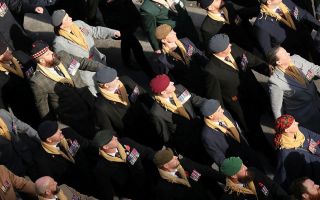
Albion and Bulwark will leave a painful capability gap but it's not death knell for Royal Marines

The Defence Secretary rose to his feet in the Commons on Wednesday to announce some significant, albeit temporary, reductions in the Royal Navy's force structure.
The headlines first: HMS Northumberland, a Type 23 frigate, is to be decommissioned. According to John Healey, this is because she has suffered "structural damage" which would be too expensive to repair.
Next up were the amphibious assault ships, the Landing Platform Docks (LPDs) HMS Albion and HMS Bulwark.
And finally, from a maritime perspective, two Royal Fleet Auxiliary tankers from the Wave-class tanker fleet, RFA Wave Knight and RFA Wave Ruler.
Also announced were reductions to the RAF's helicopter fleet (14 Chinooks and 17 Pumas) and an Army Uncrewed Air System (UAS), Watchkeeper.
Watchkeeper is an ageing technology, all the more so given the pace of UAS development catalysed by the war in Ukraine. New, more modern UAS are entering service with the Army, and the people and money can be better deployed to accelerate this process.
But back to the Navy. Let's start with HMS Northumberland.
HMS Northumberland won't be the last "uneconomical to repair" ship
Launched in 1992 and commissioned two years later, she has served her time. These ships are getting old. Very old.
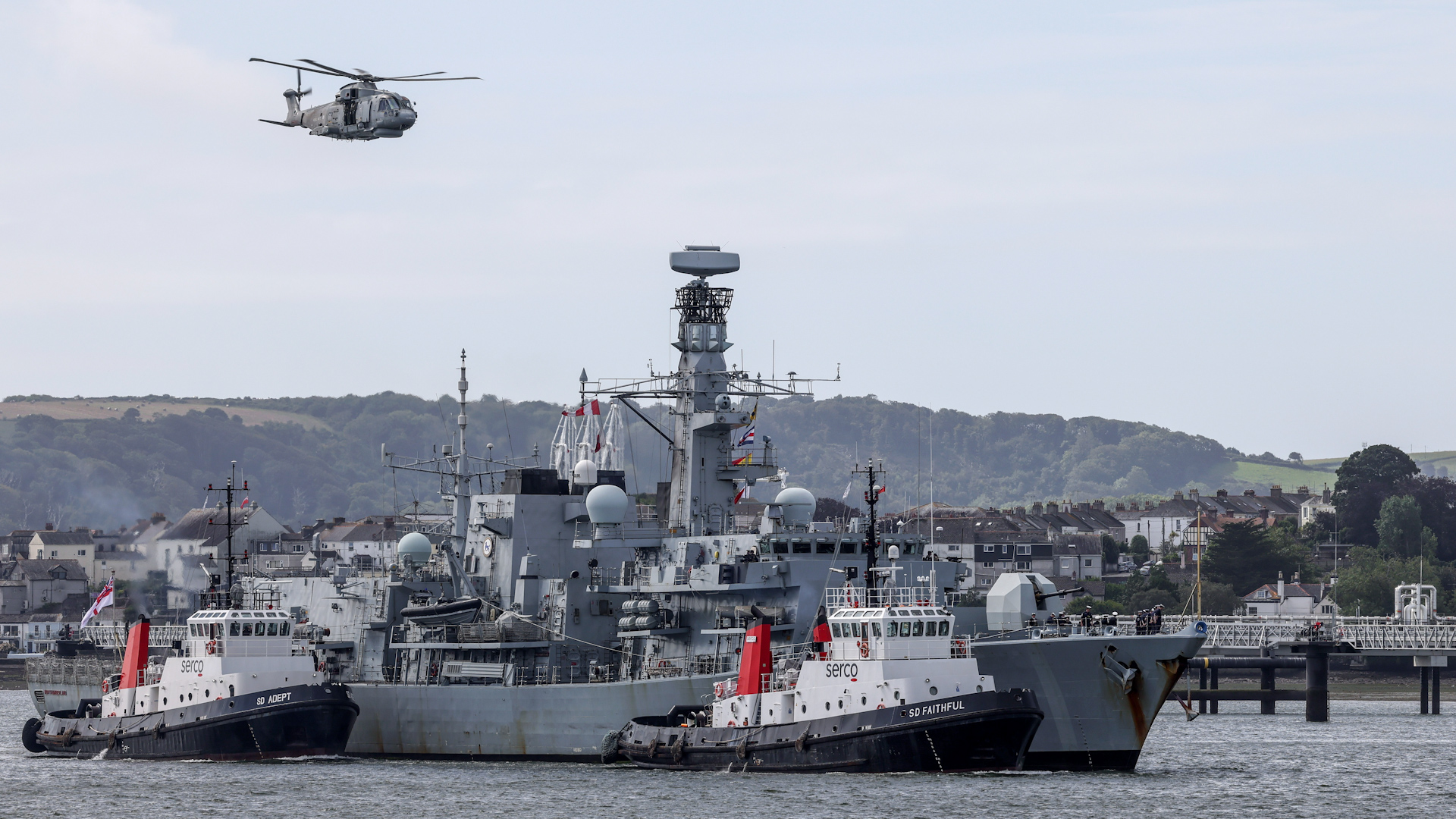
Despite mid-life updates to extend their lives, their hulls and structures are showing signs of significant wear and tear. It has been widely reported that HMS Northumberland had suffered particularly badly.
The Secretary of State said that she would be "simply uneconomical to repair". This is true but it somewhat underplays the desperate material state that the ship is in. She will never be seaworthy again.
This is hardly surprising as she was built, like her sisters, with an 18-year design life and has been worked hard for more than 30 years.
And during this time, with predominantly noble intent, there have been unremitting initiatives to increase the "availability" of the frigate force.
These drives for productivity improvements – to do more with less – have meant sustaining or enhancing the Navy's outputs as the size of the fleet has decreased.
The ships (and their crews) have thus been worked ever harder. More time at sea has exposed them to increased structural fatigue caused by the motion of wind and waves; more twisting, more flexing, more stresses, and all in a saltwater environment that is inherently hostile to objects made of steel.
The most concerning thing about HMS Northumberland being retired is not that she, herself, is being decommissioned, but what that tells us about the likely material state of the remaining Type 23s.
It is no secret that the time and money required to keep these ships running has grown markedly over the years. Keeping them safe and seaworthy until they are relieved by the Type 26 and Type 31 frigates will be an unenviable challenge.
But each hull must be retired as soon as they are no longer viable. We cannot afford to use scarce resources, neither money nor sailors, on a lost cause. I suspect that she will not be the last such ship to be declared "simply uneconomical to repair".
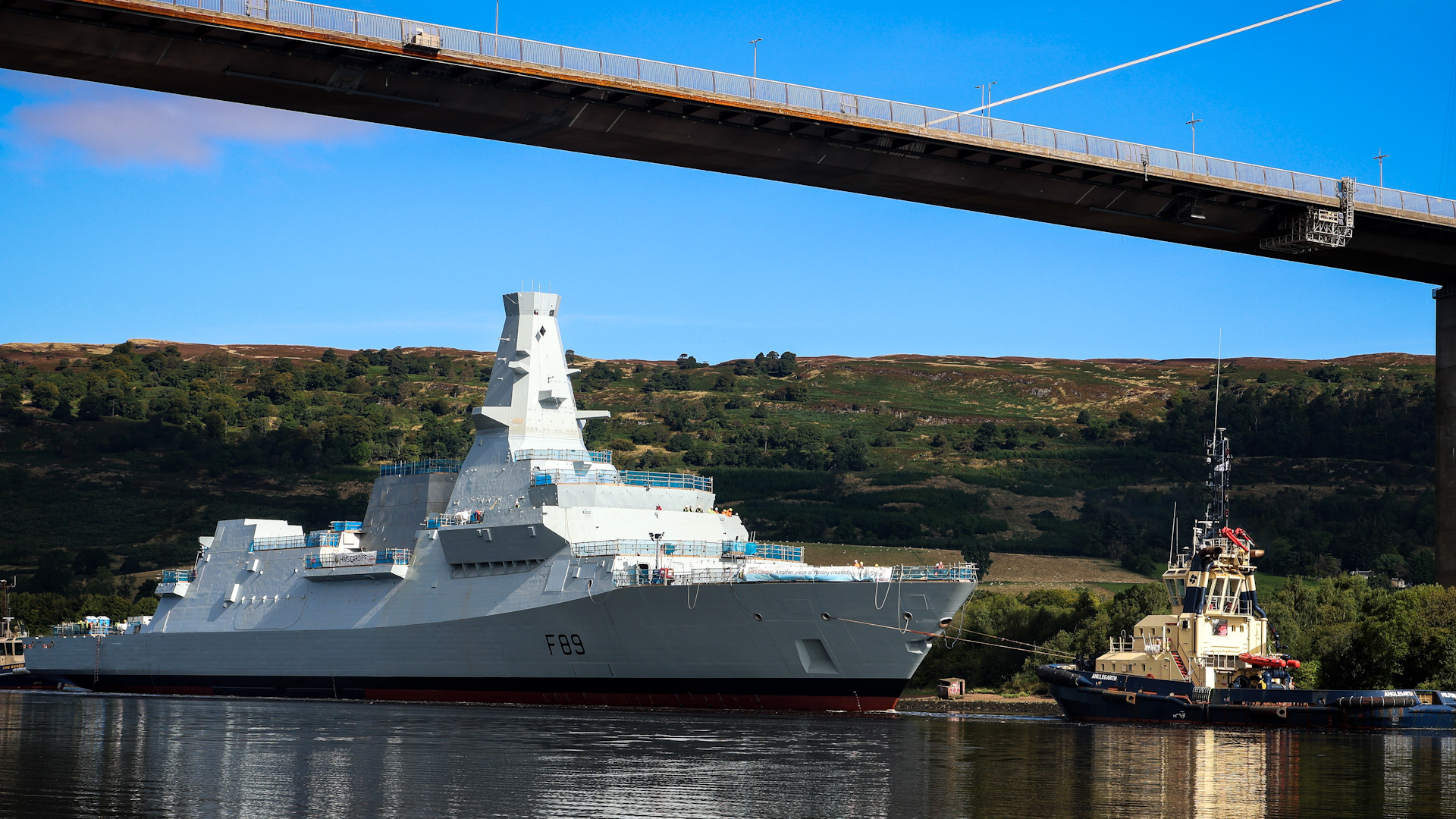
The Type 26 and Type 31 frigates will replace the remaining Type 23s over the coming years. Both of these new classes of ship will be superb additions to the fleet, but they are not ready yet.
And, like all new classes of ship, they will have their teething troubles as they are brought into service. This is completely normal and de-snagging them will be required and is a normal part of the process.
One of the challenges of the frigate transition plan is that the new ships need to be crewed before the old ships have left service – there is an overlap, not an immediate leap from one to the other.
The Navy's senior leadership is acutely aware of this balancing act and the sailors from HMS Northumberland will very rapidly be redeployed to both fill gaps elsewhere in the fleet and to provide crews for the new ships emerging from build.
Albion and Bulwark loss is unwelcome – but it's not all bad
For the LPDs, the story is one of prioritisation.
HMS Albion returned to Plymouth in July 2023 following a period of operations and was reduced in readiness.
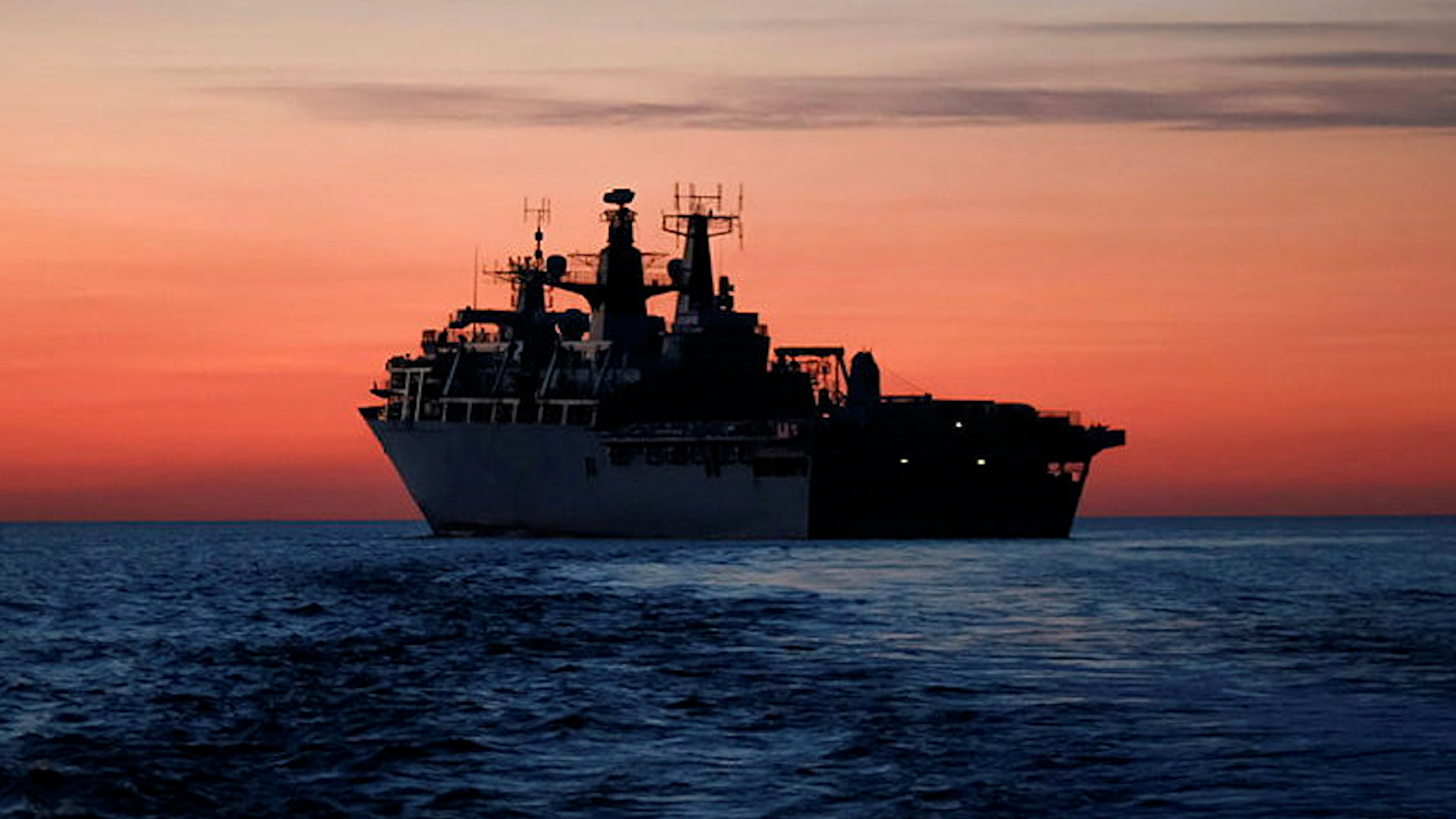
Although technically still part of the fleet, she was never really expected to undertake operational duty with the Navy again.
Her role as the UK's amphibious flagship was to be handed over to her sister ship, HMS Bulwark.
But Bulwark has not been regenerated for operations – there simply aren't the personnel to crew her and bringing her out of extended readiness has proved to be an enormous engineering challenge.
She has had a reduced ship's company who have worked hard to prepare her for regeneration, and they should be proud of their efforts. But choices need to be made and there was no credible route to bringing her back up to the capability needed for operations.
So, what is the impact for the UK's amphibious capability?
Obviously, the loss of LPD capability is unwelcome and, ideally, the Royal Navy would maintain an LPD at the heart of the Littoral Strike Group.
But the Littoral Readiness Groups (which make up the Littoral Strike Group) have been operating without an LPD this last year or so, and have been centred around the Royal Fleet Auxiliary's Bay-class landing ship dock (LSD(A)s) and RFA Argus, (designated as a primary casualty receiving ship, but with significant aviation capacity).
LRG South has been operating in the Eastern Mediterranean Sea, doing fine work despite the absence of the LPD.
As well as their capacity for amphibious lift and deployment, the LPDs boast impressive command and control capability that is challenging to replicate in other ships not equipped for that role.
Nonetheless, one of the other major change programmes underway in the Navy is the Commando Force transformation, and the LPDs are less relevant to the concept of commando operations than was the case in the past.
The Multi-Role Support Ships (MRSS), the first batch of which was ordered in the spring by the last government, will be designed from the outset to support the modernised commando force.
The Secretary of State said that the SDR outcome would contain a boost for the Royal Marines. A fully-funded commitment to build and bring into service all six MRSS ships would be just such a boost. Let's see.
So, the LPD capability gap will be painful, and the timing unfortunate in an unstable world with increasing tensions, especially in Europe, but it is not the death knell for the Royal Marines as some commentators have argued.
There are a number of nations keen to purchase the LPDs and their sale will create important opportunities for British industry to both prepare them for export and support them whilst under the flag of partner nations. This cloud has a small silver lining.
Why decommissioning Wave-class tankers makes total sense
The Royal Fleet Auxiliary is also losing its two remaining Wave-class tankers.
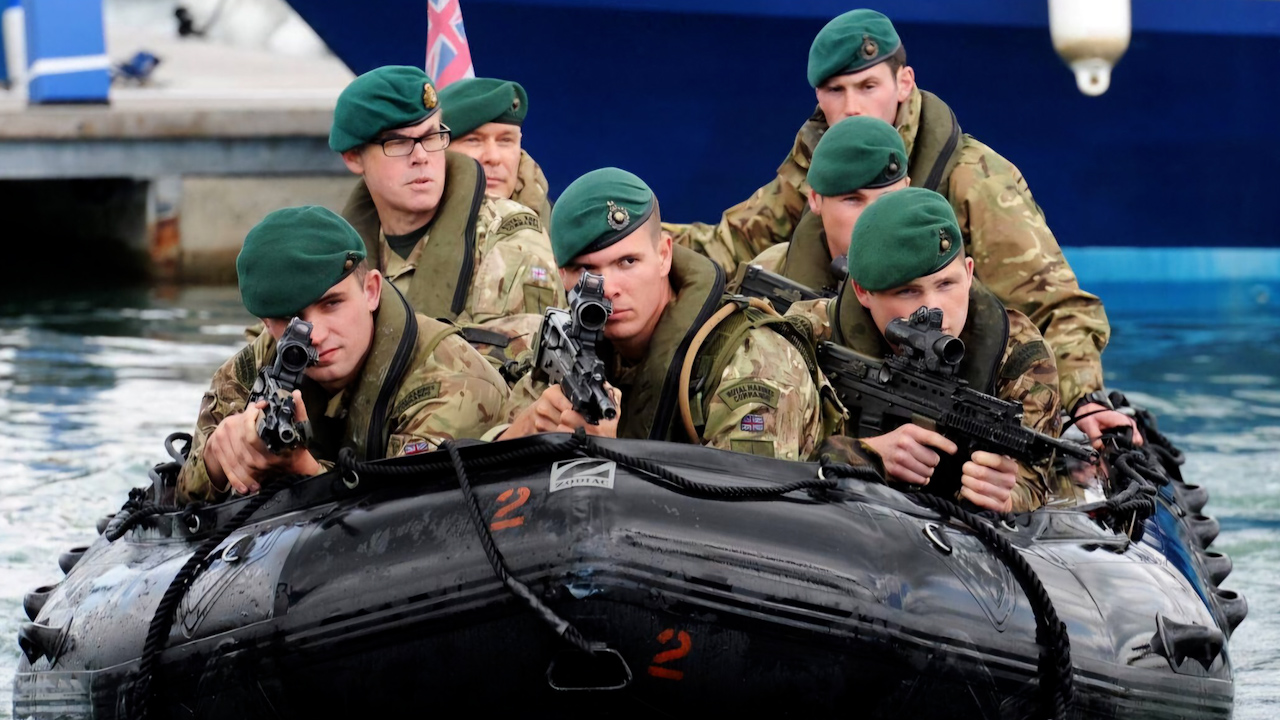
These ships have been alongside for some time, particularly for want of personnel to crew them.
The RFA's workforce woes are even greater than those of the Royal Navy and recent strike action has shown just how challenging a position they find themselves in.
Realistically, there is no chance of these ships returning to sea any time soon and so formally decommissioning them makes eminent sense, allowing the RFA to focus on operating the more modern Tide-class tankers.
Policy catching up with reality
So, for each of HMS Northumberland, the LPDs and the Waves, the Government announcement was really just a question of policy catching up with reality.
There was no credible route for these ships to return to operations while delivering the Royal Navy's strategy and transition to both a transformed Commando Force and a recapitalised frigate force.
In an ideal world, we would be able to do everything, but we do not live in an ideal world and strategy and policy, and leadership, above all, are about making choices.
How we find ourselves in such a position is a conversation for another day, but the only choice one ever gets in life is what to do next. The decisions announced by John Healey were necessary, overdue, and were essentially just policy housekeeping.
In that context what matters now is that full support is now given to the Senior Responsible Owners who are charged with delivering the next generation of ships and other maritime capabilities into service. They must be given the resources they need, when they need them, to deliver their programmes.
There is a real urgency to this to ensure that it doesn't get too much worse before it gets better.
Commodore (Ret'd) Steve Prest spent almost 30 years in the Royal Navy, gaining extensive experience in the business of delivering military capability for the UK Armed Forces.
He is an expert in Capability and Acquisition and has been the Senior Responsible Owner of several major defence programmes.

